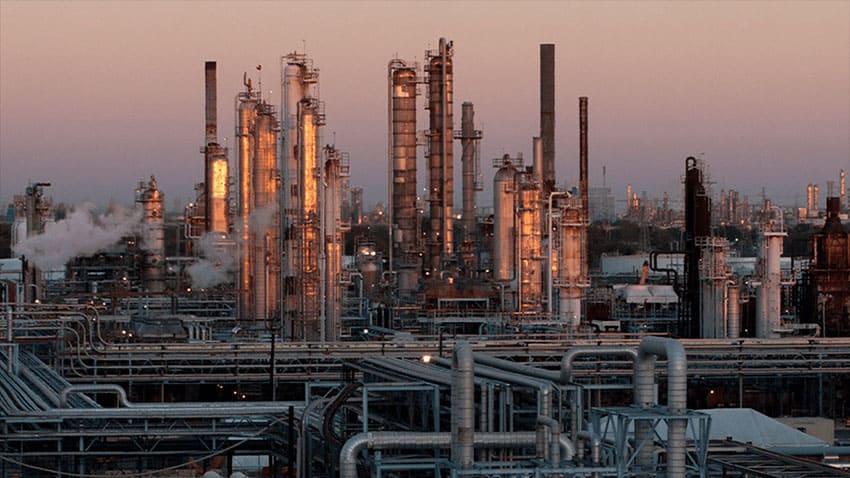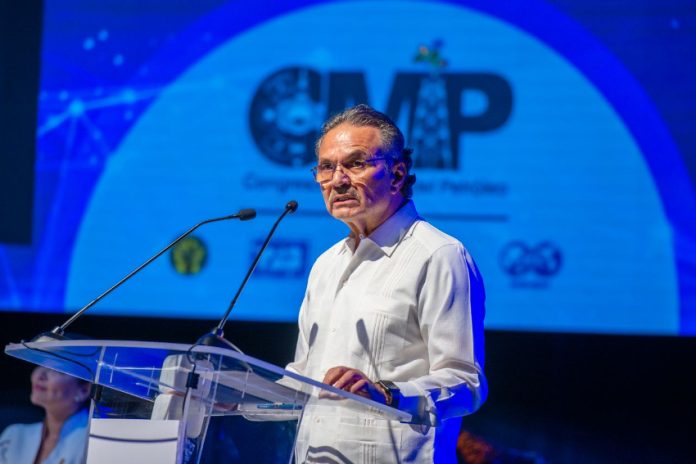Pemex’s fuel processing capacity has reached 1.4 million barrels per day (bpd) according to the general director of the state oil company, Octavio Romero Oropeza.
In a speech at the annual Mexican Petroleum Congress, held this week in the city of Campeche, Romero said this makes Mexico competitive with other oil-producing countries.

He said this represented a turnaround after several years during which Pemex’s production was declining. Production reached a low point of 519,000 bpd in 2018, just before President López Obrador assumed the presidency.
According to Romero, this demonstrates that AMLO’s austerity plan for the struggling state oil company — which cut Pemex’s tax burden and capital investment — has succeeded. It will allow Pemex to take charge of 100% of Mexico’s fuel, LP gas, and subsidized fertilizer consumption over the coming years, he added.
However, data reviewed by El Economista newspaper shows that Pemex’s production of combustóleo or residual heavy fuel oil, grew 19% from January to April this year, hitting 305,447 bpd. This is more than double the 146,407 bpd produced during the first four months of 2019, at the beginning of President López Obrador’s administration.
This is concerning because heavy fuel oil is both more polluting and less efficient than other fuels. It is also worth considerably less than the cheapest regular gasoline.

Although Pemex’s leap in heavy fuel oil production is partly a reflection of its overall increased refining capacity, it also shows that Pemex refineries lack the infrastructure needed to transform oil into lighter fuels, causing heavier fractions such as asphalt and heavy fuel oil to be left over from the refining process.
This could reflect a lack of investment in renovating and updating Pemex’s machinery. El Economista found that the only two Pemex plants where heavy fuel oil production decreased between April 2022 and April 2023 — Cadereyta, in Nuevo León, and Salamanca, Guanajuato — are both plants that have seen significant renovations during AMLO’s presidency.
In Mexico’s two largest refineries — in Salina Cruz, Oaxaca and Tula, Hidalgo — heavy fuel oil production rose by 12% and 17.6%, respectively. Pemex says that both plants are installing coking plants that will increase their liquid transformation capacity. The Tula plant has seen 70% progress and is projected to be completed in 2024, but the Salina Cruz plant has only advanced 10%.
Romero predicted that Pemex will close the year with refinery capacity at 1.6 million bpd, and production of 1.9 million bpd. The administration has invested heavily in a new refinery in Dos Bocas, Tabasco with projected capacity to process 340,000 bpd, however the project is behind schedule and according to a recent internal audit, will miss its July deadline to begin operations.
Despite Pemex’s continued reliance on fossil fuels, in his speech Romero did say the company is looking to move into production of clean energies, in line with global goals to start reducing fossil fuel consumption by 2030.
With reports from La Jornada Maya and El Economista
